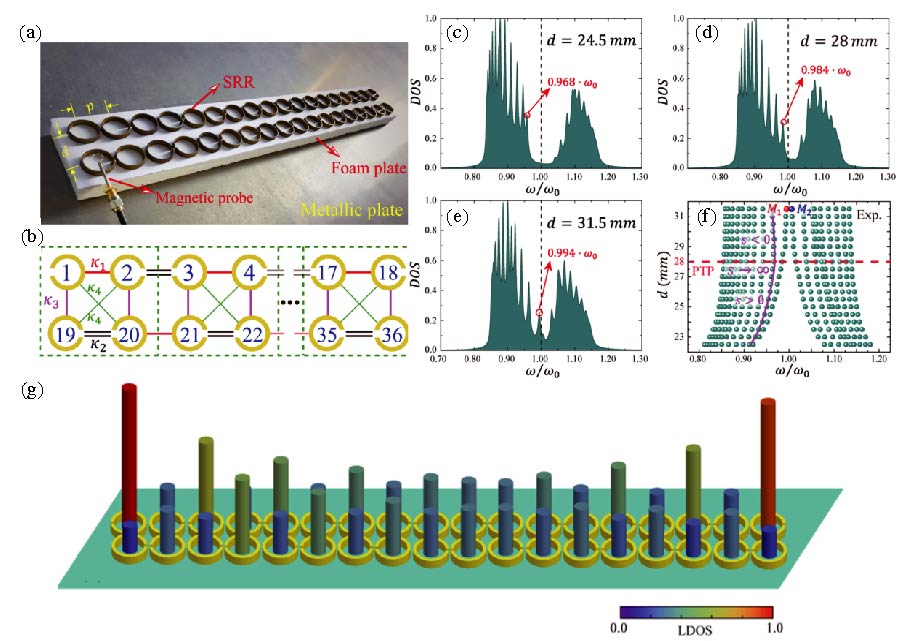Information-Theoretic Measures for Reconfigurable Metasurface-Enabled Direct Digital Modulation Systems: an Electromagnetic Perspective
Xuyang Bai
Shurun Tan
Said Mikki
Erping Li
Tie-Jun Cui
The fusion of electromagnetic (EM) waves and information theory in wireless and waveguide communication technologies has enjoyed a remarkable revival during the last few years. In particular, unlike traditional transceiver systems, the recently proposed information metasurface system directly links the controllable binary array sources with the scattered EM waves, making the combination of EM and information theories highly desirable and natural. Moreover, a traditional linear channel matrix cannot be directly used for such scattering reconfigurability enabled communication system, making the information characterization of such system a great challenge. In this paper, EM information characteristics of a direct digital modulation (DDM) system enabled by programmable information metasurface, also known as reconfigurable intelligent surface (RIS), are analyzed, in which RIS is used as a modulator of the illuminating field, while the scattered far-field amplitudes are measured and effectively treated as the received quantities. The posterior probability for a specific source coding pattern, conditioned over a given measured scattering fields, is obtained through the Bayesian analysis technique, from which the average mutual information (AMI) is obtained to estimate the RIS observation capability along any particular direction. The averaged receiver mutual information (ARMI) is then introduced to characterize the generated field correlation structures along different observation directions. Based on ARMI, the joint observation capability is also analyzed. Furthermore, the suggested techniques are employed in a noisy environment, and a code selection scheme is put forth to achieve efficient information transmission. The proposed configuration is validated through a simulated experiment. As a comprehensive evaluation of the system's performance, the channel capacity of the system is derived, and a set of relevant influencing factors are identified and analyzed from four different perspectives: 1) the observation direction, 2) the size of RIS, 3) potential joint observations in multiple directions, and 4) the noise level. The proposed method, together with the various related performance measure metrics introduced therein, are expected to provide the research community with guidelines for analyzing and designing the current and future RIS-based communication systems, which can also be extended to other aspects in the growing field of the EM information theory.










